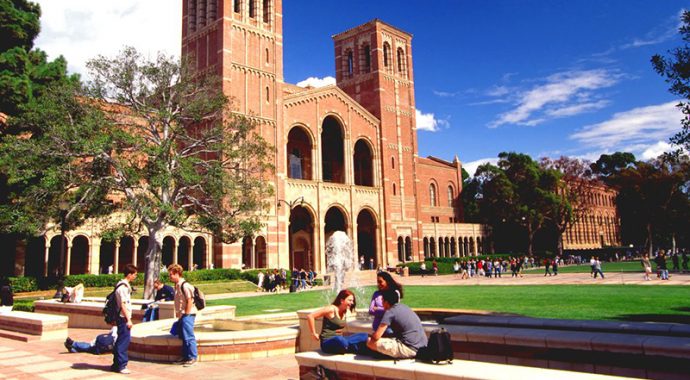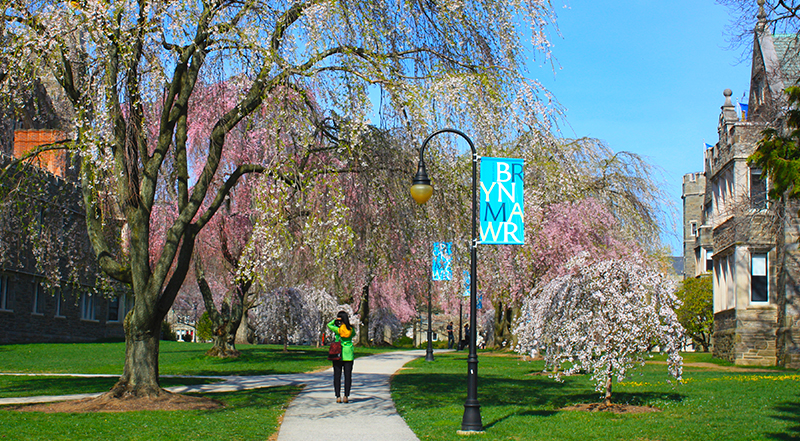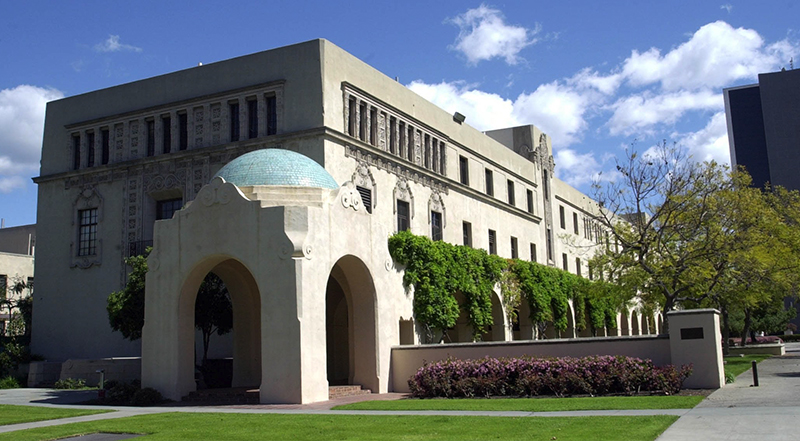
By Elizabeth LaScala, PhD
UCLA has been called America’s finest urban public university. With easy access to the beach, mountains, and Hollywood glitter, it’s no wonder that UCLA received more applications last cycle than any other University of California campus. Further escalating its appeal is the fact that Los Angeles is a global capital for entertainment, aerospace, fashion, finance and healthcare. UCLA’s campus bleeds into Westwood Village, one of the most desirable neighborhoods in the world, a short drive to Beverly Hills and Bel-Air, where movie stars and other influential elites reside.
UCLA also is one of the best research universities in the world. It ranks among the country’s top 10 public universities and its strengths span fields from the arts to engineering. UCLA accepted only 11 percent of those who applied to join the Class of 2022. Top name professors, innovative academic programs and cutting edge research drives the number of applications sky high each cycle— 149,779 high school seniors applied to UCLA last November—more applications than any college in the nation. In addition, the number of undergrads, 32,119 is the largest in the UC system.
Perfect grades, lots of honors and AP classes, as well as super strong test scores are “musts” to get in for most students. But that’s not all it takes to be admitted. A holistic application process in combination with data on trends over the last decade informs us that UCLA seeks to admit the most distinguished, talented and unique scholars not only in California, but across the US and abroad. It’s no wonder that those who get into UCLA are likely to stay put. 97% of the freshmen who entered in 2020 returned for their sophomore year. And 83% finished their degrees in four years. Both measures are excellent for such a large university.
As a national research university, UCLA is credited as the original home for more than 3,000 inventions, including the foundations for the Internet. UCLA is also a leading producer of talent for the motion picture industry. UCLA alumni, over 500,000 strong worldwide, including Francis Ford Coppola, Randy Newman and Tim Robbins have collected 38 Academy Awards. The most prominent campus in NCAA Division I athletics in the system, UCLA’s athletes have won 261 Olympic medals and captured 116 NCAA team championships — more than any other American university.
UCLA’s most popular majors are in the social sciences and biomedical sciences, but there are strong programs in many academic departments; in particular architecture, computer science, engineering, mathematics, nursing and the visual and performing arts. Although undergraduates have a selection of 125 majors and 80 minors to choose from, there is no undergraduate business program. There is a major in business economics, which when paired with a minor in entrepreneurship studies is a desirable degree path in the job world.
One “need to know” about academics: the university calendar is based on a quarter system while similar schools, including UC-Berkeley run on longer semesters. On the quarter system the work goes faster and the grading is not any easier. Compound this with jumbo sized introductory classes, relative lack of access to professor support and 1200 clubs and organizations to join and you will clearly see that excellent study habits, great organizational and time management skills as well as the self-control needed to resist beach, sun and party distractions are absolute essentials to academic success. The student who already demonstrated those qualities throughout their high school years is most likely to succeed at UCLA.
For seriously focused scholarly type students bent on working hard, joining UCLA’s campus is a spectacular opportunity. There’s a sense of pride in being a Bruin that is difficult to match—and it lasts well beyond graduation.
This article is the fourth in a series about the University of California. Going alphabetically, the first article was about the top-ranked UC-Berkeley, the second was devoted to UC-Davis, and then UC-Irvine. To read those profiles click here.



